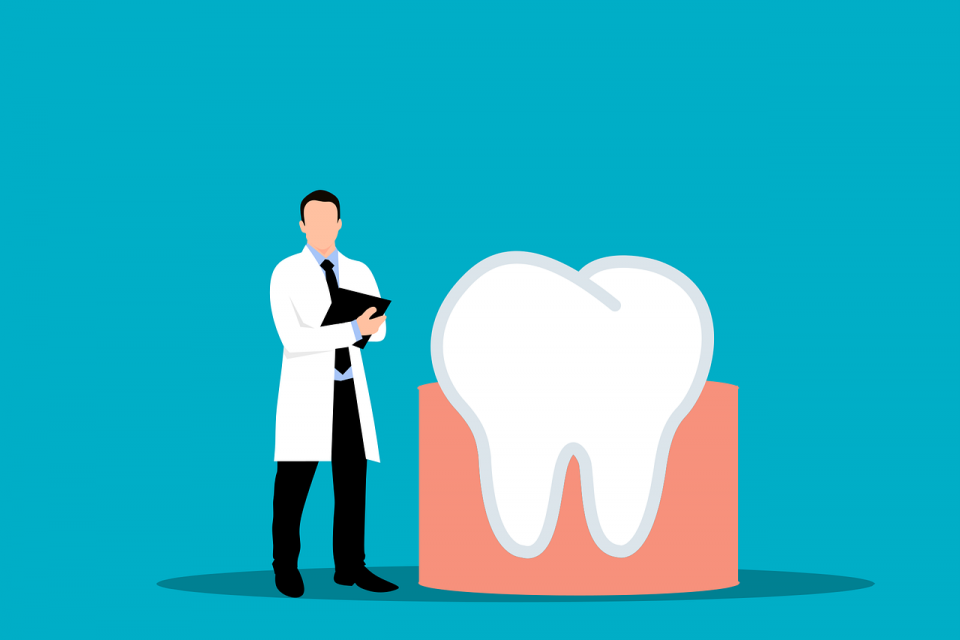Diagnosis is the key to success in any area of medicine, including dentistry. Proper diagnosis leads to success in treatment. In dentistry, there are different exams used at different times of a patient’s “career” at the dental office. I would like to clarify some of these in this column.
The Comprehensive Oral Evaluation is the term used to describe the initial exam with a new dentist. This evaluation usually is a more detailed exam performed by the dentist. It includes charting of the patient’s teeth (including present/missing teeth and existing restorations), a periodontal exam (to determine the health of the gums and bone that support the teeth), a visual oral cancer screening (a detailed exam of the soft tissues to check for any abnormalities), a review of the patient’s health history (including familial history, medications, etc.), and a general occlusal exam (an evaluation of how the teeth, muscles and TMJ joints are working together). This exam is used as the baseline for where a patient starts in an individual dental practice.
Dentists may spend 60-90 minutes with a patient to do this initial exam. In dental offices that have a particular focus on whole body wellness, this may also include salivary testing, a deep dive into WHY things are happening that should not be happening, a sleep breathing disorder screening, and communication with other health care providers to provide comprehensive care.
The Periodic Oral Evaluation is the exam that is done in conjunction with visits to the hygienist. It is separate from the “cleaning” of the teeth. This exam generally looks at the same areas as the previous exam described, but in less detail. The results of this exam are compared to the baseline exam that has been previously completed. Although the exam must be overseen by a dentist, many of the parts of the exam may be performed by the hygienist and reviewed by the dentist.
The Limited Oral Evaluation is the term used to describe an unscheduled visit to the dentist, usually for when a patient presents with a problem. For example, if a patient presents with the chief complaint of a toothache, this exam covers the reading of any necessary dental x-rays and diagnosis of the problem. It may result in the scheduling of the patient for treatment, or referral to a specialist.
There is also the underutilized Occlusal Analysis. It is often done as part of the comprehensive exam, however some patients who have certain “bite” issues, need a more focused evaluation of this area. This exam serves a very distinct and important role in the diagnosis of many issues that patients encounter, which can lead to much greater success in treating these patients.
Temporomandibular joint (TMJ) issues, muscular problems, tooth wear/fracture and pre-prosthetic evaluation are all things that could benefit from the occlusal analysis. It is generally a combination of a clinical exam and an evaluation of models of a patient’s teeth, which are mounted on an instrument which simulates the patient’s jaw movements. This is often done digitally with scanning and software now.
Ideal is a Comprehensive Oral Evaluation for each new dentist you see in your lifetime (the fewer the better), a Periodic Oral evaluation every 6 months or one year depending on your needs, and to never need a Limited Oral Evaluation because you are a stellar dental patient who is being managed by a conscientious dental team.
Dr. St. Clair maintains a private dental practice in Rowley and Newburyport dedicated to health-centered family dentistry. He has a special interest in treating snoring, sleep apnea and TMJ problems. If there are certain topics you would like to see written about or questions you have, please email them to him at jpstclair@stclairdmd.com




